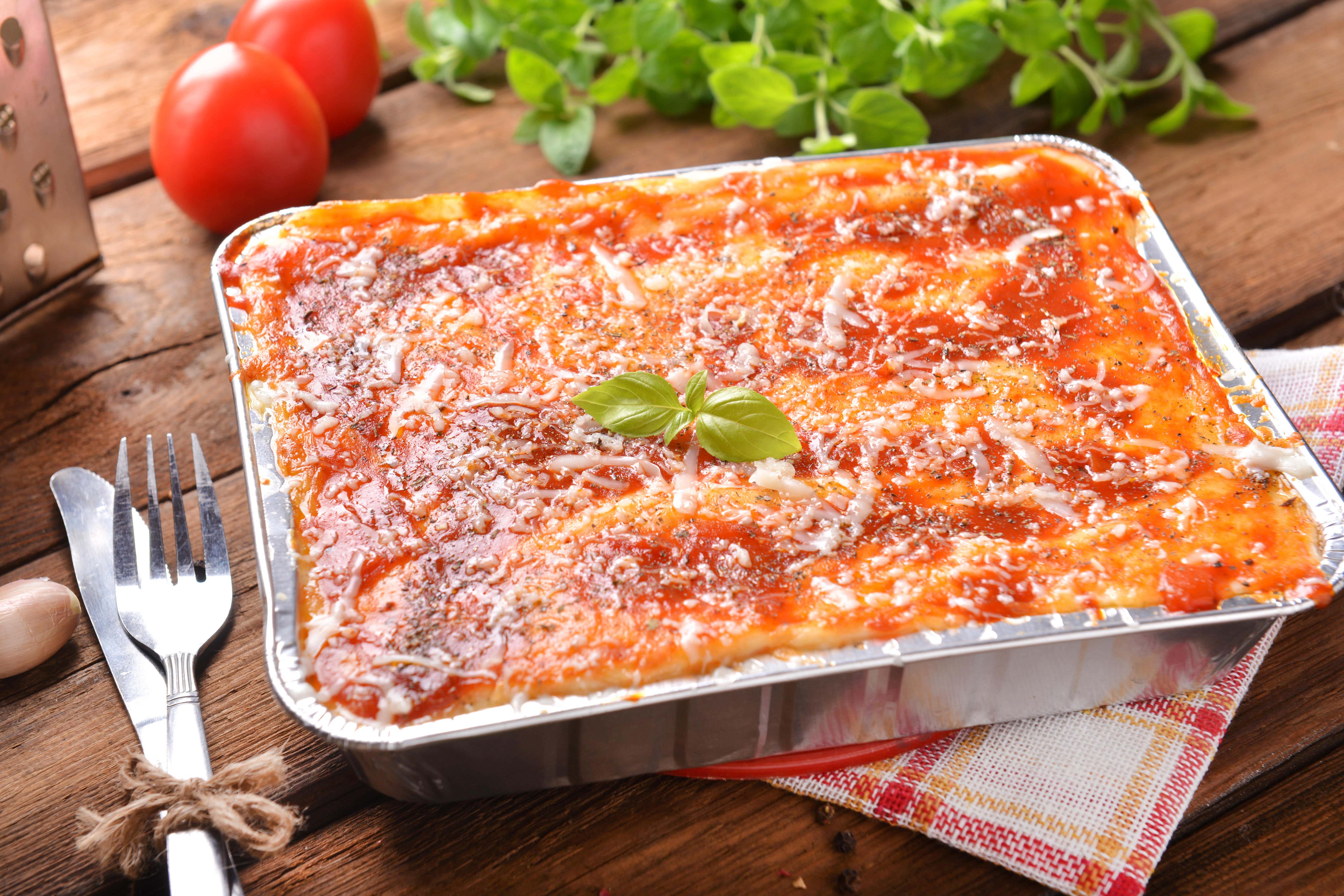Nearly all ‘dine in’ dinner deals exceed government calorie guidance – study
Some 93% of the meal deals surveyed exceeded the suggested limit, with the most calorific option containing 1,526 calories.

Your support helps us to tell the story
From reproductive rights to climate change to Big Tech, The Independent is on the ground when the story is developing. Whether it's investigating the financials of Elon Musk's pro-Trump PAC or producing our latest documentary, 'The A Word', which shines a light on the American women fighting for reproductive rights, we know how important it is to parse out the facts from the messaging.
At such a critical moment in US history, we need reporters on the ground. Your donation allows us to keep sending journalists to speak to both sides of the story.
The Independent is trusted by Americans across the entire political spectrum. And unlike many other quality news outlets, we choose not to lock Americans out of our reporting and analysis with paywalls. We believe quality journalism should be available to everyone, paid for by those who can afford it.
Your support makes all the difference.Almost all “dine in” supermarket meal deals contain more than the Government’s recommended limit of 600 calories per person for dinner, a study has found.
Some 93% of the meal deals surveyed by the University of Birmingham exceeded the suggested limit, with the most calorific option containing 1,526 calories.
Supermarkets advertise dinner meal deals as an affordable way to get a full meal including a main, side dish, dessert and drinks, or an alternative to an expensive dinner out.
What is healthy for our wallets is not necessarily healthy for our bodies
The deals, which are typically designed for one or two people, allow shoppers to select several different items for a discounted price.
But the study found that while a “dine in for two” deal may be a cheaper option, it is not necessarily a healthier one.
Researchers looked at dinner meal deals across three national supermarket and grocery store chains, composed of 85 items.
The number of dinner meal deals exceeding the 600 calorie limit varied significantly from shop to shop.
At one store, only 60.3% of dinner meal deal combinations exceeded the limit compared to almost all (99.7%) at another.
The lightest meal deal had a calorie count of just 187, or 31% of the suggested amount.
The average main dish made up 51.2% of the guidance calorie limit but ranged from 39.6% to 78.3% across different shops.
The calorie content of side dishes was almost consistent, ranging from 32.3% to 33.2% across the shops.
Desserts were also similar at 50.4% to 54.2% of the limit, with drinks ranging from 13.9% to 14.3%.
The Government launched its One You campaign in 2016 to help tackle the obesity epidemic and make the public more aware of their health and diet.
One of the key messages in this campaign was the 400-600-600 guidance, which recommends that adults consume 400 calories for breakfast, and 600 each for lunch and dinner, with two 200-calorie snacks.
Dr Sheena Leek, senior lecturer in marketing at the University of Birmingham – who led the study, said: “We are a very time-poor nation, and for those of us working long hours reaching for a dine-in or dinner meal deal can be an easy and cheap way to get a filling and hopefully tasty dinner or provide an economical alternative to a date night.
“But what is healthy for our wallets is not necessarily healthy for our bodies, and our study has found that these dinner meal deal combinations, more often than not, exceed the UK government guidance of dinner calorie content.”
She added: “The biggest difference in calorie content was caused by the inclusion of desserts and drinks. The dinner deals that had the smallest number of calories only included a main and side dish.
“But even then, our study shows that if you are depending on these deals for your dinner, the vast majority of them make it extremely difficult to stick to the 600-calorie suggestion.”